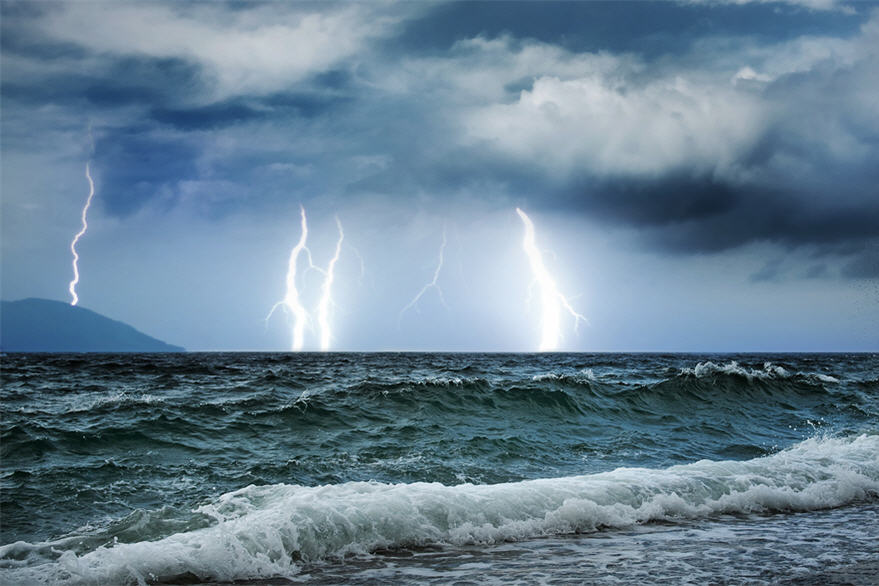Carbon Trust – Funding – Investments
September 20, 2009
Pelamis Wave Power and Seagen Tidal Energy Systems are to benefit from additional financing of £250,000 and £150,000 respectively from the Carbon Trusts Marine Energy Accelerator Scheme.
For Pelamis this will help fund research into the use of a remotely operated vehicle to assist in maneuvering and positioning their 180 Metre long system. In addition remote control technology should help to reduce installation and maintenance costs.
Marine Current Turbines Seagen tidal Energy system will benefit from the funding which will cover the costs of a feasibility study to develop a remotely operated Sub Sea Drilling Platform for installation of the systems foundation piles.
Installation and maintenance costs for Wave and Tidal Energy account for up to 50% of project costs and any developments to reduce these costs, which the Carbon Trusts funding will assist, should be welcome.
Whilst we believe our system will eliminate many of the costs faced today, by many of the current Wave and tidal Energy systems, results from the Pelamis and Seagen studies could help to endorse our own Design philosophy.
Alternative and renewable Energy are forecast, by Money Week, to be the next Investment bubble and if correct should help to accelerate the developments and improvements in this exiting and challenging area.
www.carbontrust.co.uk
www.pelamiswave.com
www.marineturbines.com
www.moneyweek.com
Alan Newton, C Eng, MRINA.
Wasp Update
September 9, 2009
Pelamis – www.pelamiswave.com and Anaconda – www.checkmateuk.com Wave Energy systems are two of the more recent Wave Power generating proposals.
Of the two Pelamis is in a more advanced state having had a full size system operating off the coast of Portugal following the development of a reduced scale prototype and model testing. This initial installation was to further prove the system and to demonstrate the power generating potential of the Pelamis idea. However this has been short lived due to technical problems resulting in the system being brought back to port for modifications and repair. Unfortunately whilst this work was being completed the financial crisis meant that further funding has been withheld delaying the re-deployment of this first phase of Pelamis.
The technical difficulties highlight the problems to be encountered when scaling up from small scale prototypes to full size systems that are deployed in operational areas subject to the extreme conditions that they will be subjected to throughout their installation.
In its simplistic form, a series of interconnected articulating tubes, Pelamis would appear to be an achievable engineering challenge. However the detailing of the articulating components, hydraulic rams, floatation tanks and mooring systems when all are working against each other has resulted in a far more complex engineering challenge and it may be some time before all these are resolved and Pelamis is fully operational.
Anaconda is in the early stages of development and again would appear to be a fairly simple solution. Certainly the model tests look very promising and reveal a free moving snake like rubber tube that relies on passing waves to create a surge wave inside the tube which in turn is converted into power at the ‘tail’ end of the tube.
The technical problems will of course become more critical as the small scale prototype is scaled up to full size. Materials for the tube, which will be some 200 metres long have to be developed, mooring of the tube, a suitable buoyancy system that will keep the tube at the required depth along its length and of course the surge converting mechanism will all need careful consideration and will be an interesting engineering challenge.
It is only natural that with any new idea improvements and adjustments will be required as the systems are deployed and I am sure that Pelamis and Anaconda will overcome any such challenges in order to move forward and be successful.
Only when both systems are fully operational will the real benefits be known.
We will of course face similar challenges as we develop our own system but should be able to benefit from the experiences of other projects.
Alan Newton, C Eng, MRINA.

